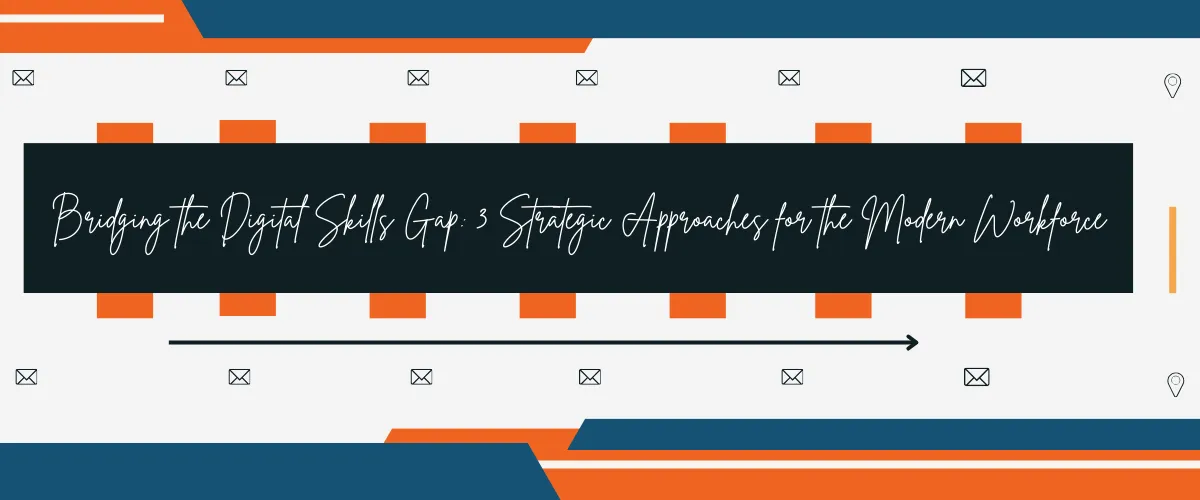
In the rapidly evolving digital landscape, the demand for specialized digital skills has skyrocketed, leaving many organizations grappling with a widening skills gap. This deficit is particularly pronounced in the realm of artificial intelligence (AI), where the pace of technological advancement often outpaces the ability of individuals and teams to acquire the necessary knowledge and competencies. This article explores three key strategies aimed at bridging the digital skills gap, empowering individuals and organizations to thrive in the digital economy.
Empowering Lifelong Learning
One of the most effective strategies for closing the digital skills gap is fostering a culture of lifelong learning. Encouraging employees to continuously update their skillsets through formal education, online courses, and self-study can equip them with the latest digital competencies, such as AI, machine learning, and data science.
Creating Accessible Learning Resources
Organizations can bridge the digital skills gap by making high-quality learning resources accessible to all employees. This includes offering free or subsidized access to online courses, workshops, and certifications that cover the latest digital skills. Additionally, pairing employees with mentors who specialize in these areas can provide personalized guidance and support throughout their learning journeys.
Investing in Upskilling Programs
Investing in upskilling programs is another critical strategy for bridging the digital skills gap. These programs are designed to enhance existing skills or teach entirely new ones, ensuring that employees are equipped to meet the evolving demands of the digital workplace.
Tailored Training and Development
Tailored training and development programs can be customized to address specific skill deficits within an organization. By identifying the most pressing needs, companies can focus their resources on areas that will yield the greatest returns, such as AI and machine learning, ensuring that their workforce remains competitive in the digital economy.
Collaborating with Educational Institutions
Collaboration with educational institutions can also play a vital role in bridging the digital skills gap. By establishing partnerships with universities, colleges, and vocational schools, organizations can create pathways for students to gain practical experience and develop the skills required for digital roles.
Joint Research Projects and Internships
Joint research projects and internships provide students with hands-on experience in cutting-edge technologies, while also benefiting organizations by bringing fresh perspectives and innovative ideas to the table. Such collaborations can help ensure that the next generation of workers is well-equipped to tackle the challenges of the digital economy.
Conclusion
Bridging the digital skills gap is a collective effort that requires the involvement of individuals, organizations, and educational institutions. By adopting a strategic approach that emphasizes lifelong learning, upskilling programs, and collaboration with educational partners, organizations can empower their workforces to master the latest digital skills, ensuring their competitiveness in the digital economy. As the digital landscape continues to evolve, the importance of continuous learning and adaptation will only grow, underscoring the need for proactive strategies to close the skills gap and prepare for the future of work.

